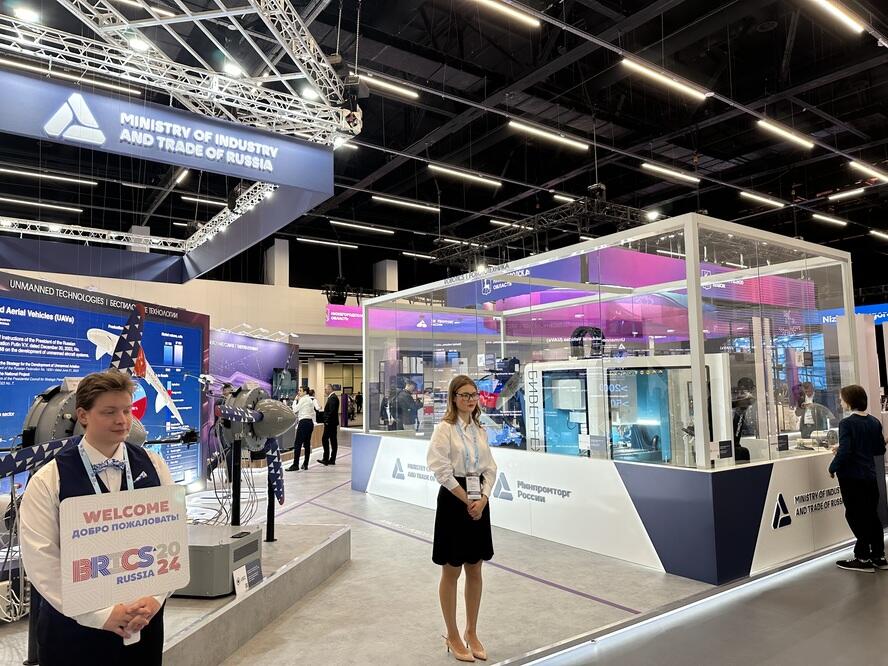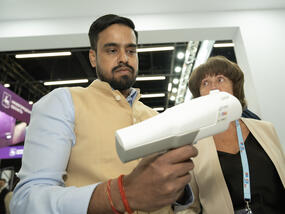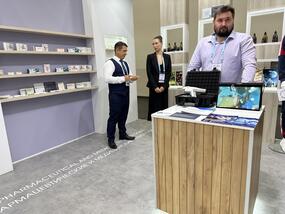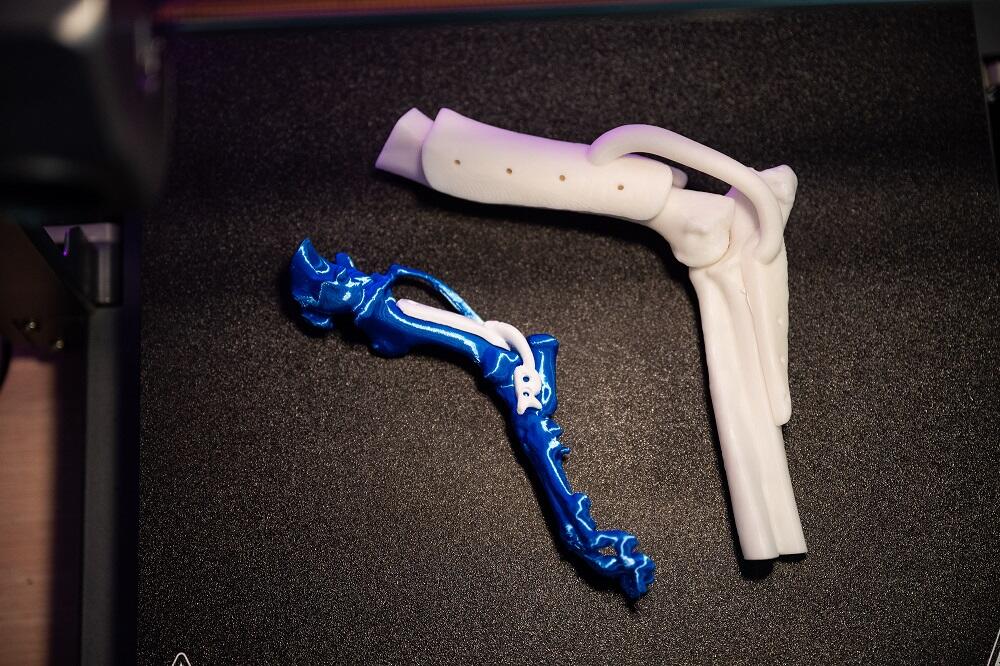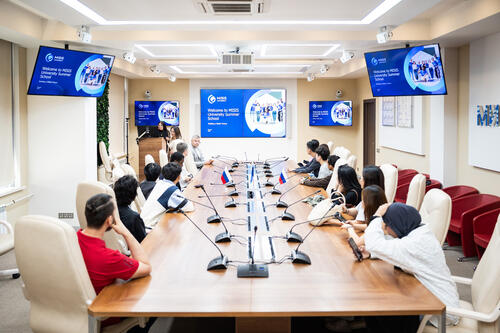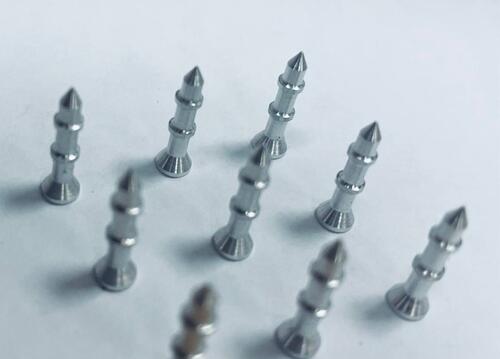At the collective stand of the Ministry of Industry and Trade of the Russian Federation during the exhibition of the BRICS Forum of Creative Territories and Manufacturers of High-Tech Industrial Products in Nizhny Novgorod, MISIS University staff showcased the “tissue gun”. More than 50 companies also demonstrated their developments at the exhibition. The event took place as part of the 8th meeting of the BRICS Industry Ministers’ Meeting, attended by officials from Brazil, Egypt, India, Iran, China, the UAE, Ethiopia, and South Africa.
Opening the meeting, Anton Alikhanov, the Minister of Industry and Trade of Russia, noted that according to the World Bank, in 2023, BRICS’s contribution to global GDP based on purchasing power parity was about 36%, and Russia’s total trade turnover with BRICS countries increased by nearly 28% in 2023. In the first five months of this year, trade turnover with the expanded BRICS composition also showed a growth of 6.3%.
Promising areas for cooperation include collaboration within the BRICS New Industrial Revolution Partnership, with agreements reached on detailed development of initiatives in chemical industry, pharmaceuticals and medical equipment, mining sector and metallurgy, smart manufacturing and robotics, among others.
The “tissue gun”, designed for use in military field conditions and emergency zones, meets contemporary challenges and is an innovative development for medicine. The barrier effect on damaged skin is achieved through the parallel two-component high-precision delivery of analgesics, hemostatic agents, antibacterial substances, and other materials to the wound. During ultrasound stitching, the bioactive material creates a film that prevents bacterial infection and creates favorable conditions for accelerated healing; it may also incorporate materials with added medicinal substances.
Staff from the College of Biomedical Engineering at NUST MISIS received a patent for the device on March 23, 2023. Since then, researchers have conducted a series of in vivo studies at the N.N. Blokhin National Medical Research Center of Oncology and have begun preparations for launching industrial production.
